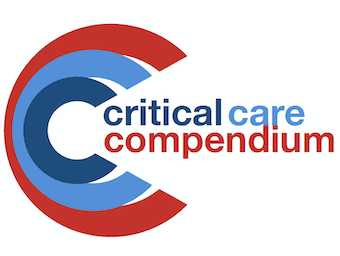
Pelvic Inflammatory Disease (PID)
Pelvic Inflammatory Disease (PID) includes: endometritis, chorioamnionitis, intra-amniotic infection syndrome, salpingitis, tubo-ovarian abscess, pelvic cellulitis, pelvic peritonitis

Pelvic Inflammatory Disease (PID) includes: endometritis, chorioamnionitis, intra-amniotic infection syndrome, salpingitis, tubo-ovarian abscess, pelvic cellulitis, pelvic peritonitis

Obstetric and Gynaecology Literature Summaries

Renal and Urological Toxicity of Chemotherapy: chronic renal failure; acute renal failure; renal tubular dysfunction; haemorrhagic cystitis; dysuria

Physiology of Pregnancy

Pneumonia in Pregnancy: 2 patients; treatment dependent on stage of pregnancy (first trimester: avoidance of teratogenicity, third trimester: prevention of pre-term labour)
signs of severe sepsis may be masked by normal pregnancy changes

Pre-eclampsia and Eclampsia: multisystem disorder of pregnancy characterised by hypertension and organ system derangement; defective trophoblast invasion of the spiral arteries and abnormal trophoblast differentiation.

Pregnancy and Intensive Care: Common reasons for admission include hypertensive disorders; haemorrhage; respiratory failure; sepsis; trauma

Trauma and Pregnancy: leading cause of non-obstetric maternal mortality -> also has a high chance of fetal loss; ATLS approach (primary and secondary survey) including safe transport to trauma centre with obstetric care.

Venous thromboembolism in pregnancy: 25% of maternal mortality; x 5 increase in risk (venous stasis, hypercoaguable, vascular injury from delivery)

Paediatric Rapid Sequence Intubation. RSI is used to secure the airway quickly with an endotracheal tube and to prevent chance of regurgitation and aspiration

Paediatric Access Options in Cardiac Arrest

Inhaled Foreign Body: passage of a foreign body into the respiratory tract; potentially life-threatening